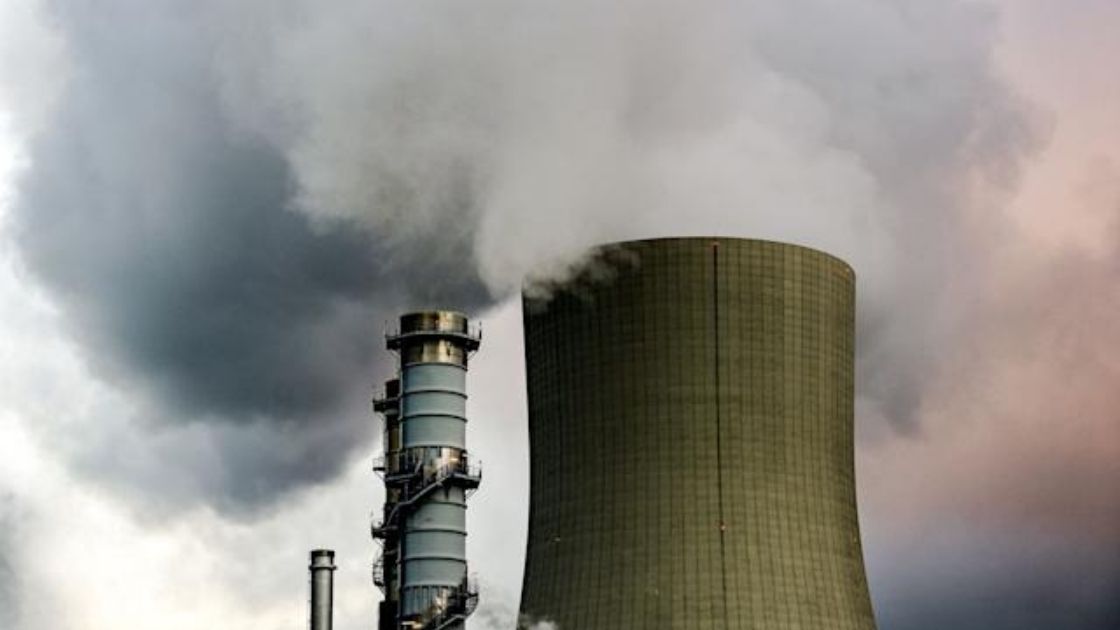In a paper published in National Science Review, an international team of scientists evaluated scenarios about what is causing methane concentrations to rapidly increase in the atmosphere. By combining new and novel isotopic datasets on methane source signatures with simple atmospheric models, they ran thousands of potential emission pathways and isolated those that best matched the observed change of methane isotopes in the atmosphere. Using this approach, the authors found that the methane sources most likely driving the increase are from human activities, including agriculture, landfills and waste management, and from the use of coal, oil and gas. These activities are responsible for more than 80 percent of the rise of atmospheric methane since 2007. The analysis suggests that wetland emissions have not contributed significantly to increases in atmospheric methane, despite continued warming and climate extremes. Climate change is causing rapid warming in the arctic and tropical regions where natural wetlands store large pools of carbon and emit methane. As climate continues to warm, there is widespread concern that wetland methane emissions will increase and contribute even more to atmospheric greenhouse gasses and climate change. Since 2007, atmospheric methane concentrations have increased at rapid rates, with 2020 having the largest observed methane increase since systematic measurements began. The precise causes are difficult to quantify because methane is emitted from a diverse number of natural and human activities, and the removal of methane is the result of complex chemical processes. Here, using new data on methane stable isotopes, combined with thousands of potential emissions scenarios, a new study confirms that emissions from anthropogenic sources, including agriculture, landfill/waste, and fossil fuel industry, are clearly the driver for the renewed rise of the potent greenhouse gas since 2007, while global wetlands play a minor role with a contribution of less than 20 percent.
Methane is a powerful greenhouse gas with 80 times more warming potential than carbon dioxide over a 20-year period and responsible for almost half of global warming since the industrial revolution. Methane is also a precursor to ground-level ozone pollution and thus tackling methane emissions would bring short-term climate benefits as well as improve air quality. Since 2007, atmospheric methane concentrations have been increasing rapidly, and even more so since 2014, and the causes for the increase have been debated in terms of the contribution from natural processes versus human activities. According to the Global Carbon Project’s Global Methane Budget, roughly one-third of global methane emissions come from microbes in natural wetlands that produce methane when decomposing organic material where no oxygen is available. Human activities are known account for about 60 percent of global methane emissions, which include agriculture, landfills and waste, and oil and gas activities, each accounting for 20–25 percent of global methane emissions. This means that any changes in natural wetlands to the rising temperature could potentially have a significant influence on atmospheric methane levels.
The scientists tested a comprehensive set of emission scenarios using data from different greenhouse gas inventories and wetland models. They found that the emissions scenarios assuming large wetland methane increases did not match the observed atmospheric isotopic record. In contrast, the methane emission sources linked to human activities better matched the observed atmospheric isotopes. The work provides a detailed attribution of methane growth to agricultural emissions that increased by almost 20 percent from 2000 to 2017 driven by rising livestock populations, landfills and waste emissions rising by 10 million metric tons, largely attributing to an over 40 percent increase in the world urban populations from 2000 to 2017. The emissions from oil and natural gas industry have increased by 5 million metric tons with large uncertainty, and coal production increased by 40 percent globally from the same period.

